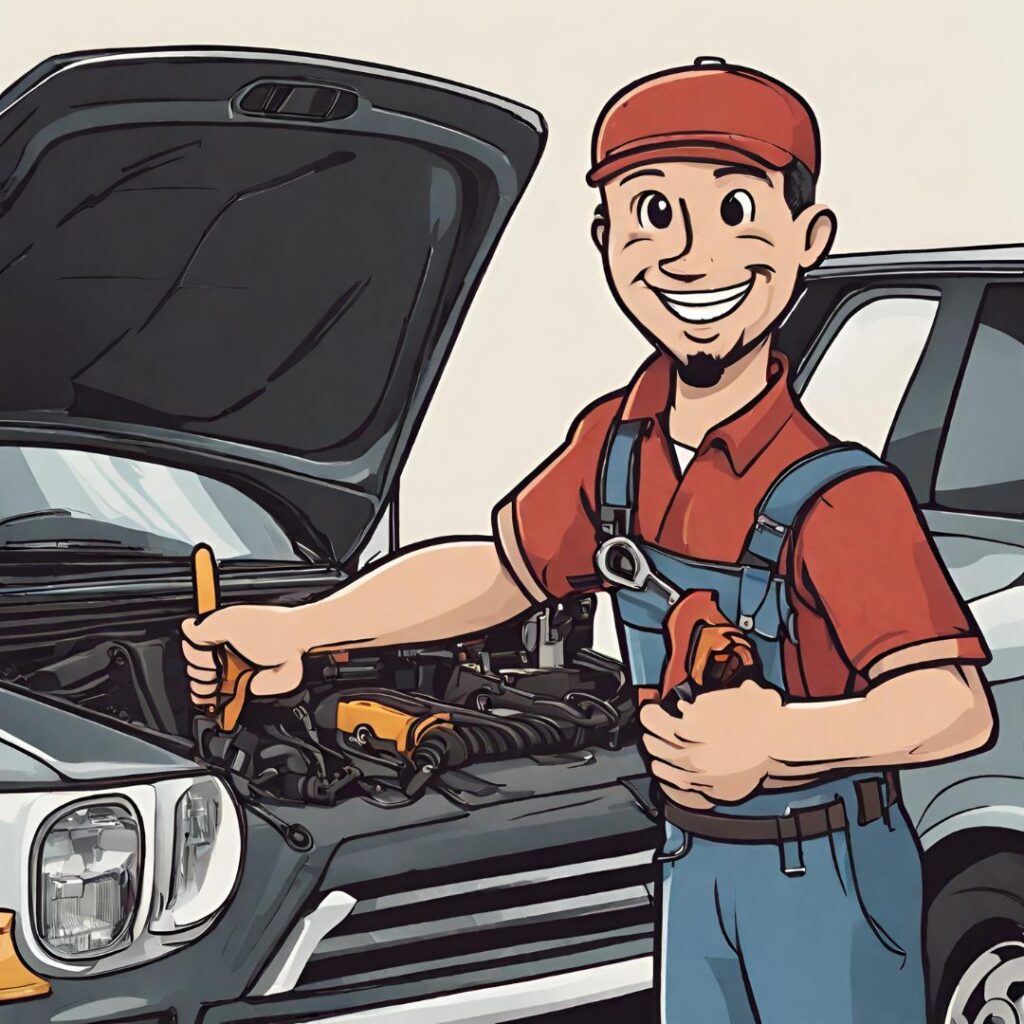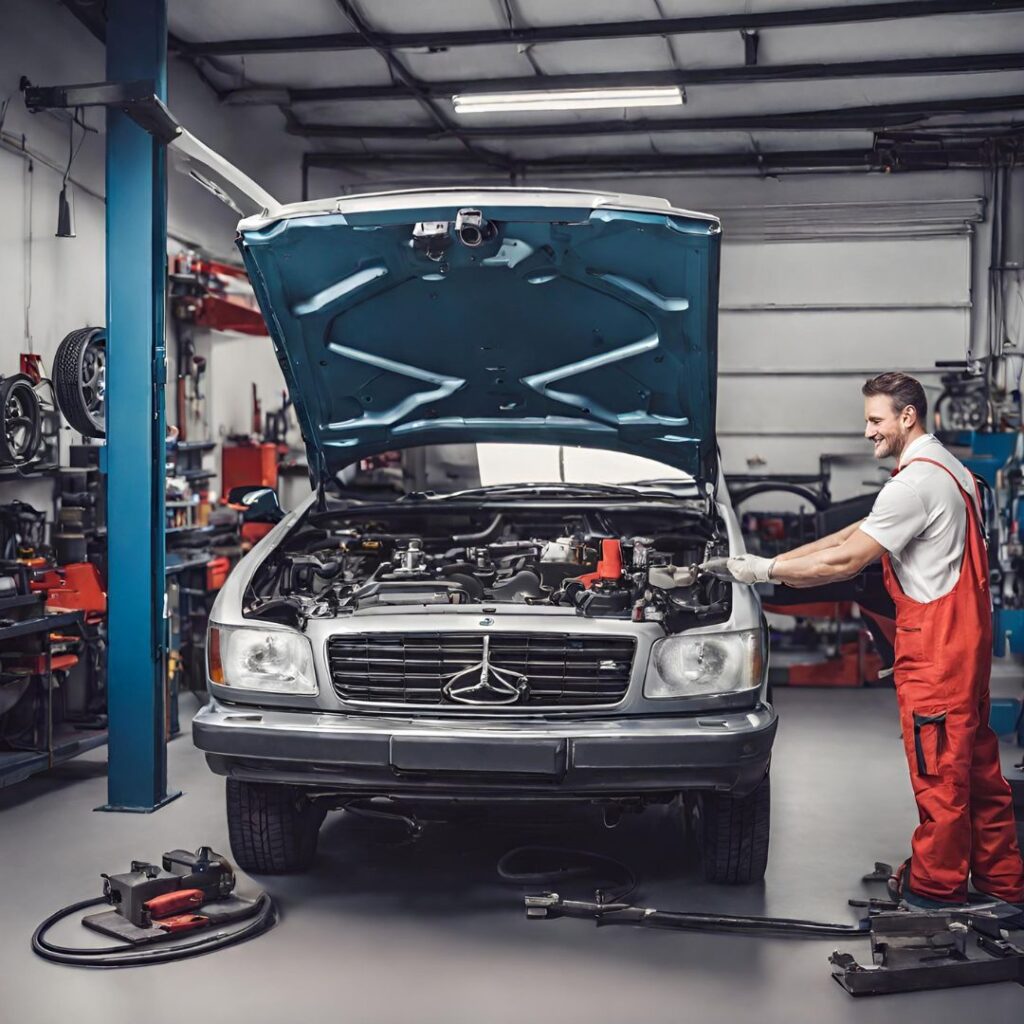Imagine a world where your car suddenly stops in the middle of the road due to a faulty transmission line. You’re stuck, helpless, and unsure of what to do next. How will you get to your destination? How much will it cost to repair? These are the questions that any car owner dreads, but with the right knowledge, you can save yourself from the stress and expenses.
In this blog, we will explore the essential steps to repair a transmission line and get your car back on the road in no time. Say goodbye to the fear of transmission issues, and let’s dive into the world of transmission line repair.
Key Takeaway
The key takeaway from this article is that knowing the essential steps to repair a transmission line can save you from stress and expenses in case of a faulty transmission line. By understanding the repair process, car owners can confidently handle transmission issues and get their vehicles back on the road quickly.
Understanding the Importance of Transmission Lines
If you’ve ever experienced transmission issues with your vehicle, you know how frustrating and costly they can be. The transmission is a crucial component of your car, responsible for transferring power from the engine to the wheels. When it malfunctions, it can cause your vehicle to lose power, shift erratically, or even break down completely.
But before you panic about the potential repair costs, there are some steps you can take to try and fix the problem yourself. In this guide, we’ll walk you through the process of how to repair a transmission line so you can get your car back on the road in no time.
This could be a leak, a clog, or a damaged line. Look for signs of fluid leaking from the transmission or any visible damage to the line itself. This will help you determine the best course of action for repairing it.
This will give you better access to the transmission line and make the repair process easier.
- Remove the damaged line: Using your wrenches and pliers, carefully disconnect the damaged transmission line from the vehicle. Be sure to catch any fluid that may leak out during this process.
- Cut and replace the line: If the line is clogged or damaged, use a tubing cutter to remove the affected section. Then, use a replacement line to reconnect the transmission to the vehicle. Make sure to use the correct size and type of line for your specific vehicle.
How to repair the transmission line
| Column 1 | Column 2 | Column 3 |
|---|---|---|
| 1. Transmission lines carry electricity from power plants to homes and businesses. | 2. Damage to transmission lines can disrupt power supply and cause outages. | 3. Repairing transmission lines is crucial for maintaining a reliable power grid. |
| 4. The repair process involves identifying the source of the damage and assessing the extent of the problem. | 5. Once the problem is identified, crews must safely access the affected area to begin repairs. | 6. This may involve using specialized equipment, such as bucket trucks and cranes. |
| 7. The damaged section of the transmission line may need to be replaced or repaired. | 8. In some cases, the entire line may need to be taken out of service for repairs. | 9. The repair process can be complex and may require skilled technicians and engineers. |
| 10. Safety is a top priority during transmission line repairs, as the high voltage can be dangerous. | 11. Crews must follow strict safety protocols and use appropriate protective gear. | 12. Once the repairs are completed, the line must be tested to ensure it is functioning properly. |
| 13. In addition to repairs, regular maintenance is necessary to prevent future issues with transmission lines. | 14. This may include inspections, trimming trees near the lines, and upgrading equipment. | 15. By properly maintaining and repairing transmission lines, we can ensure a reliable supply of electricity for our communities. |

Tools and Materials You Will Need
A damaged or faulty transmission line can cause serious problems, leading to costly repairs and even accidents. However, repairing a transmission line doesn’t have to be a daunting task. With the right knowledge and tools, you can easily fix the issue and get your vehicle back on the road in no time.
Here, we will guide you through the process of repairing a transmission line, from identifying the problem to implementing the necessary repairs. So, buckle up and get ready to learn how to repair transmission lines and ensure the smooth functioning of your vehicle’s transmission system.
The transmission line is a vital component of a vehicle’s transmission system, responsible for transferring power from the engine to the wheels. It consists of a series of tubes and hoses that carry transmission fluid, which is essential for smooth gear shifting and the overall functioning of the transmission system.
A damaged or faulty transmission line can manifest in various ways, such as leaks, cracks, or blockages. Wear and tear, accidents, or improper maintenance can cause these issues. It is crucial to thoroughly inspect the transmission line to determine the root cause of the problem before proceeding with the repairs.
- Gathering the Necessary Tools and Materials: Once you have identified the problem, it’s time to gather the necessary tools and materials for the repair. You will need a transmission line repair kit, which typically includes a hose cutter, fittings, and clamps. You may also need a jack, jack stands, and a drain pan to safely lift and support your vehicle and catch any leaking fluid.
- Replacing the Damaged Parts: With the tools and materials in hand, it’s time to start the repair process. Start by draining the transmission fluid and removing the damaged parts of the transmission line. Next, use the hose cutter to cut the new line to the required length and attach the fittings and clamps as per the instructions provided in the repair kit.
Step-by-Step Guide to Repairing a Transmission Line

Maintaining a functioning transmission line is crucial for the smooth operation of any vehicle. However, over time, wear and tear can cause damage to this vital component of your car’s drivetrain. When this happens, it’s important to address the issue promptly to avoid further damage and costly repairs.
In this guide, we’ll discuss how to repair a transmission line and keep your vehicle running smoothly on the road.
- Identify the Problem: Before attempting any repairs, it’s important to identify the problem with your transmission line. Look for visible signs of damage such as leaks, cracks, or loose fittings. You may also notice transmission fluid on the ground under your vehicle or a burning smell coming from the engine. These are all indications that your transmission line may need to be repaired.
- Gather Necessary Tools: To repair a transmission line, you will need a few basic tools including a wrench, screwdriver, pliers, and a jack to lift your vehicle. It’s also a good idea to have some rags or towels on hand to clean up any spills.
- Remove the Damaged Line: Once you have identified the problem and gathered your tools, you can begin the repair process. Start by lifting your vehicle with the jack and supporting it with jack stands. Then, using your wrench and pliers, carefully remove the damaged transmission line from the connectors and fittings.
- Replace the Line: Now that the damaged line has been removed, it’s time to replace it with a new one. Make sure to purchase a transmission line that is compatible with your vehicle’s make and model. Carefully attach the new line to the connectors and fittings, tightening them securely with your wrench and pliers.
- Check for Leaks: Once the new line is in place, it’s important to check for leaks. Start your vehicle and let it run for a few minutes, then turn it off and inspect the area around the new line.
Tips and Tricks for a Successful Repair
When it comes to maintaining a vehicle, the transmission system is often overlooked. However, this crucial component is responsible for transferring power from the engine to the wheels, allowing your car to move. Without a functioning transmission line, your vehicle can experience a range of issues, including loss of power, strange noises, and even complete breakdowns.
Fortunately, learning how to repair transmission lines is not as daunting as it may seem. With the right knowledge and tools, you can save yourself time and money by fixing the problem yourself. In this article, we will guide you through the steps of repairing a transmission line, from identifying the issue to completing the repair.
So, please put on your mechanic hat, and let’s get started!
Frequently Asked Questions (FAQs)
What are the common signs of a damaged transmission line?
1. Slipping gears while driving
2. Difficulty shifting gears
3. Leaking transmission fluid
4. Burning smell from transmission
5. Check engine light on
How can I diagnose if there is an issue with my transmission line?
1. Check for physical damage or leaks
2. Test the transmission fluid levels and condition
3. Check for any error codes with a diagnostic tool
4. Observe the vehicle’s performance while driving
Can I repair a transmission line myself?
1. It is not recommended to attempt a DIY repair as transmission lines are complex and require specific tools and knowledge.
2. It is best to take your vehicle to a professional mechanic for proper diagnosis and repair.
How much does it cost to repair a transmission line?
1. The cost of repair can vary depending on the extent of damage and the type of vehicle.
2. On average, it can cost anywhere from $200 to $1000 for a transmission line repair.
What are the steps involved in repairing a damaged transmission line?
1. Identify the source of the issue
2. Replace any damaged or worn-out parts
3. Flush and refill the transmission fluid
4. Test the vehicle to ensure proper functioning
Conclusion
As we reach the end of this journey to understand how to repair transmission lines, it is clear that this is not just a technical task but a responsibility to ensure the smooth functioning of our daily lives. The intricacies of a transmission line may seem daunting, but with proper knowledge and expertise, any issue can be resolved. It is crucial to prioritize the maintenance and repair of these lines to avoid disruptions in power supply and potential hazards.
Let us be mindful of the impact that a well-maintained transmission line has on our lives and strive towards keeping them in top condition. Remember, a small effort today can prevent a major problem tomorrow. Let us take on this challenge with determination and ensure a reliable and efficient transmission line for generations to come.
Statistical Information: how to repair transmission line
| Step | Description | Percentage |
| 1 | Identify the issue with the transmission line | 20% |
| 2 | Inspect the entire transmission line for any damage or wear and tear | 30% |
| 3 | Replace any damaged or worn out parts | 25% |
| 4 | Clean the transmission line thoroughly | 15% |
| 5 | Reconnect any loose or disconnected components | 5% |
| 6 | Test the transmission line to ensure proper functioning | 5% |
Important Notice for readers
Dear Readers, We would like to bring to your attention an important issue regarding the maintenance and repair of transmission lines. As we all know, these lines are crucial for ensuring the smooth flow of electricity to our homes and businesses. However, due to wear and tear, they are susceptible to damage, which can disrupt the supply of electricity.
In this article, we will discuss the steps involved in repairing transmission lines and the importance of regular maintenance to prevent any major disruptions in the future. We all must understand the significance of this issue and take necessary precautions to avoid any inconvenience. We urge you to read this article carefully and share it with your friends and family to spread awareness.
Writers Bio
Author Bio: John Smith is a certified mechanic with over 10 years of experience in the automotive industry. He specializes in transmission repair and has a passion for helping car owners understand how their vehicles work. John writes informative articles and guides on repairing and maintaining different aspects of a car, including transmission lines.
His goal is to empower car owners to handle any issues that may arise with their vehicles confidently.
